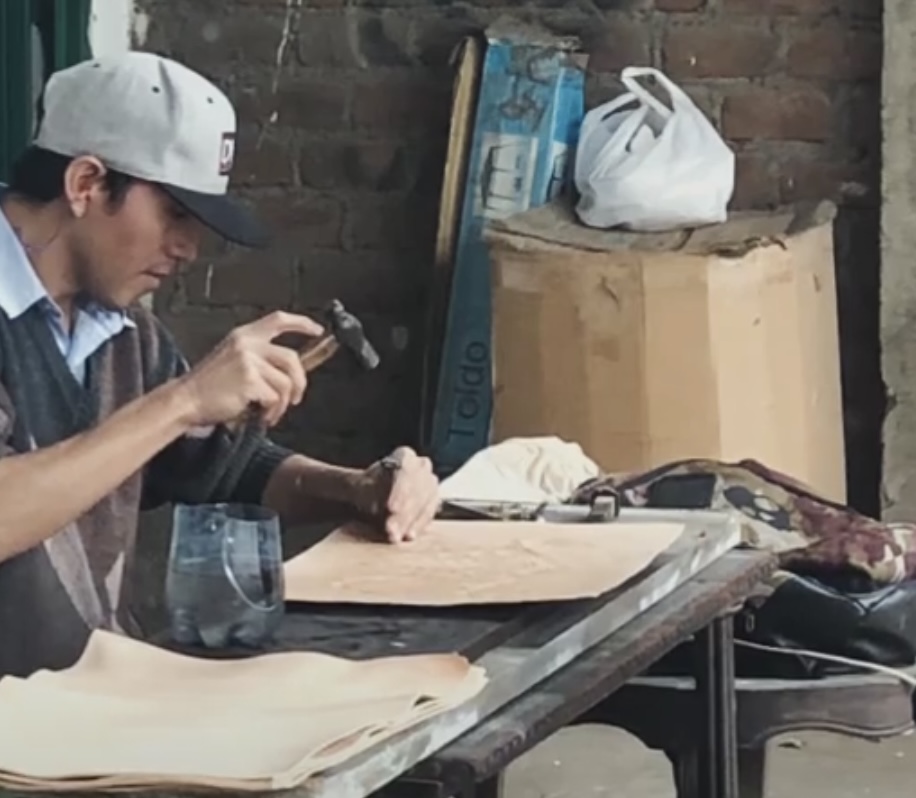
Leather furniture and accessories are timeless investments that bring elegance and durability to any space. However, to keep them looking their best for years to come, proper care and maintenance are essential. This guide will walk you through the best practices for cleaning, conditioning, and protecting your leather pieces from everyday wear and tear.
Regular Cleaning and Conditioning
1. Dust and Wipe Down Weekly
Leather collects dust and debris over time, which can dull its appearance. Use a soft, dry microfiber cloth to dust your leather furniture weekly. For a deeper clean, lightly dampen the cloth with distilled water and wipe down the surface.
2. Use a Leather Cleaner
For routine cleaning, use a pH-balanced leather cleaner to remove dirt and oils without damaging the material. Apply the cleaner with a soft cloth in gentle circular motions and wipe away any excess product with a clean, dry cloth.
3. Condition Regularly
Leather can dry out over time, leading to cracks and stiffness. Apply a high-quality leather conditioner every 3–6 months to keep it supple and hydrated. Use a small amount and buff it in with a clean, lint-free cloth.
Protecting Leather from Stains, Spills, and Sunlight
1. Act Quickly on Spills
Blot spills immediately with a clean, absorbent cloth—avoid rubbing, as this can spread the stain. For stubborn stains, use a leather cleaner designed for stain removal.
2. Avoid Harsh Chemicals
Never use household cleaners, ammonia, or alcohol-based products on leather, as they can cause discoloration and damage.
3. Shield from Direct Sunlight
Exposure to sunlight can cause fading and drying. Keep leather furniture out of direct sunlight and use window coverings to reduce UV exposure.
4. Maintain Proper Humidity Levels
Leather thrives in a moderate humidity environment (around 40–50%). Too much moisture can cause mold and mildew, while dry air can lead to cracking.
Dealing with Common Issues: Scratches, Cracks, and Fading
1. Removing Light Scratches
Gently rub scratches with a clean finger or a soft cloth to redistribute the natural oils in the leather. For deeper scratches, apply a small amount of leather conditioner or a color-matched leather repair balm.
2. Preventing and Fixing Cracks
Cracks form when leather becomes too dry. Regular conditioning prevents this issue. For minor cracks, apply a leather repair cream to blend and smooth out the surface.
3. Restoring Faded Leather
Use a leather recoloring balm or dye to restore faded leather. Always test on a hidden area first to ensure a perfect match.
Recommended Cleaning Products and Tools
Investing in the right tools makes leather maintenance easier and more effective. Here are our top recommendations:
- Microfiber cloths – For dusting and cleaning without scratching the surface.
- pH-balanced leather cleaner – Removes dirt while preserving leather’s natural oils.
- Leather conditioner – Keeps leather soft, preventing cracks and dryness.
- Leather repair balm – Ideal for covering scratches and minor wear.
- Soft-bristled brush – Helps clean textured leather without damage.
Conclusion
Caring for your leather furniture and accessories doesn’t have to be complicated. By following these simple yet effective maintenance tips, you can preserve the beauty and longevity of your leather investments for years to come.
For high-quality handcrafted leather furniture that stands the test of time, explore our collection at New World Trading.



CALL (760) 321-8780
For prices, questions or to place an order!